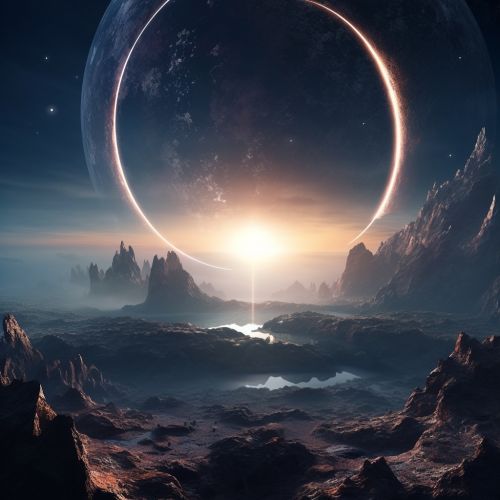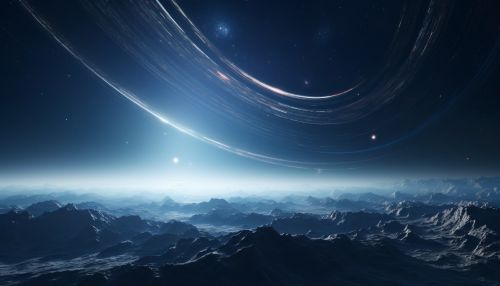The Dynamics of Planetary Rings and Their Formation Mechanisms
Planetary Rings: An Overview
Planetary rings are a common feature of the solar system's giant planets, but their formation and dynamics are complex and not fully understood. They consist of countless small particles, ranging in size from micrometers to meters, that orbit around a planet. The most famous and visually spectacular example of planetary rings is the ring system of Saturn, but Jupiter, Uranus, and Neptune also have ring systems.


Formation of Planetary Rings
The formation of planetary rings is a topic of ongoing research in planetary science. There are several theories that attempt to explain how these rings came to be.
Accretion
One theory is that the rings formed through a process known as accretion. This process involves the gravitational attraction of small particles, which come together to form larger bodies. In the case of planetary rings, these particles could have been leftover from the formation of the planet itself or could have come from external sources such as comets or asteroids.
Disruption of a Moon
Another theory suggests that planetary rings could have formed from the disruption of a moon. If a moon came too close to its parent planet, the planet's strong gravitational forces could have torn the moon apart, creating a ring of debris. This is known as the Roche limit – the distance within which a celestial body, held together only by its own gravity, will disintegrate due to a second celestial body's tidal forces exceeding the first body's gravitational self-attraction.
Capture of Interplanetary Dust
A third theory proposes that planetary rings could have formed from the capture of interplanetary dust. This dust could have been captured by the planet's gravity and then spread out into a ring due to the planet's rotation.
Dynamics of Planetary Rings
The dynamics of planetary rings are governed by a complex interplay of forces. These include gravitational forces from the planet and other ring particles, as well as electromagnetic forces and collisions between ring particles.
Gravitational Forces
The primary force acting on ring particles is the gravity of the planet around which they orbit. This force keeps the particles in their orbits and shapes the overall structure of the ring. However, gravitational forces from other ring particles can also play a significant role, particularly in dense rings. These forces can cause particles to cluster together, forming structures within the ring known as ring arcs.
Electromagnetic Forces
In addition to gravitational forces, electromagnetic forces can also influence the dynamics of planetary rings. These forces can arise from the interaction of ring particles with the planet's magnetic field or from the charged particles in the planet's magnetosphere. Electromagnetic forces can cause ring particles to move in ways that would not be predicted by gravity alone, leading to complex and often surprising ring dynamics.
Collisions
Collisions between ring particles can also play a significant role in the dynamics of planetary rings. These collisions can cause particles to change their orbits, leading to the spread of the ring over time. In addition, collisions can cause particles to break apart, contributing to the ring's continued existence.
Study and Observation of Planetary Rings
The study of planetary rings has been greatly aided by spacecraft missions to the outer planets. These missions have provided detailed images and data of the ring systems of Jupiter, Saturn, Uranus, and Neptune, allowing scientists to study their structure and dynamics in unprecedented detail.
Future Research
Despite the progress that has been made in understanding planetary rings, many questions remain. Future research will likely focus on improving our understanding of ring formation and dynamics, as well as studying the rings of other planets outside our solar system.
